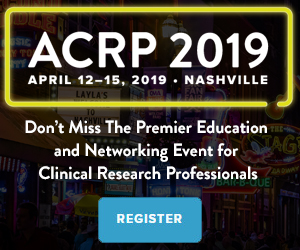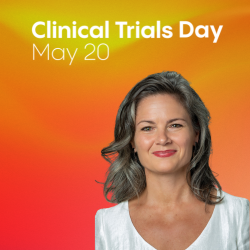As clinical trials grow ever more complex, practitioners increasingly struggle to communicate clearly with participants before, during, and after the long process. The problem is only getting worse, says Jennifer Cook, MPH, a senior medical writer with the Duke Clinical Research Institute.
“The gulf between research and the public is widening constantly, and you only have to look at the headlines about the measles outbreak right now” to see one of the consequences, Cook says. Once virtually eradicated in the United States, measles outbreaks are on the rise again—in part due to a reluctance by some parents to allow their children to be vaccinated.
“It’s easy to say, ‘Oh well, the science says this…go check it out.’ Well, for the general public, that’s not always so easy,” Cook says. The resistance to a vaccine speaks to a larger truth that some Americans are increasingly skeptical of institutions such as hospitals and drug companies.
Write Like an 8th Grader! Improving Readability in Clinical Research
Join Jennifer Cook of Duke Clinical Research Institute at ACRP 2019 this April and learn how to measure and improve the readability of your clinical research communications to a participant and public-facing audience. Cook with share examples of informed consent forms, recruitment materials, and lay summaries to highlight ways you can use free and existing resources to improve your communication.
It’s a multilevel issue, to be sure, but any remedy for people’s apprehensions about joining clinical trials begins with the development and dissemination of honest, transparent, and readable information delivered to everyone across the trial spectrum. “Highly educated people benefit from more readable language, too,” Cook adds.
Readable communications are valuable throughout the clinical trial cycle, but Cook advocates in particular for leveraging those in a new way to keep patients engaged after their trial is complete.
“If somebody has given you their time, literally their blood, their sweat, their tears, they have a right to” learn the results of the study, Cook says. “Lay summaries should be something that might provide them with a better understanding of the research and [prompt] better conversations with their own healthcare provider,” she adds.
In addition, a well-crafted summary can serve as an inspiration to the patient. “It’ll improve their sense of the role they played [by participating in the trial], and they might encourage others to play that role as well,” Cook says.
Author: Michael Causey




